The Ugliness of the Potoo Bird: A Fascinating Blend of Beauty and Oddity in the Animal Kingdom
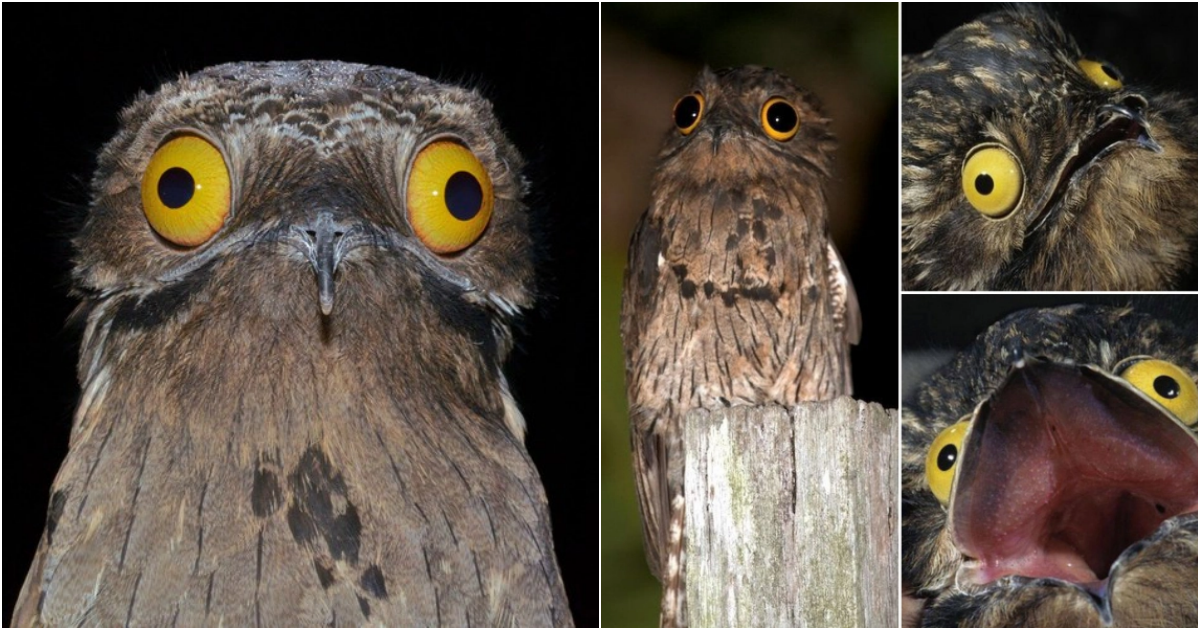
In the world of animals, there are numerous species of birds that exhibit breathtaking beauty and allure, with vibrant plumage and perfect forms. However, it is important to acknowledge that beauty exists beyond perfection. The Potoo bird (also known as the Common Potoo) serves as a prime example of captivating and unique ugliness. Despite its intimidating and unattractive appearance to many, the Potoo bird is truly a remarkable and cherished natural masterpiece.
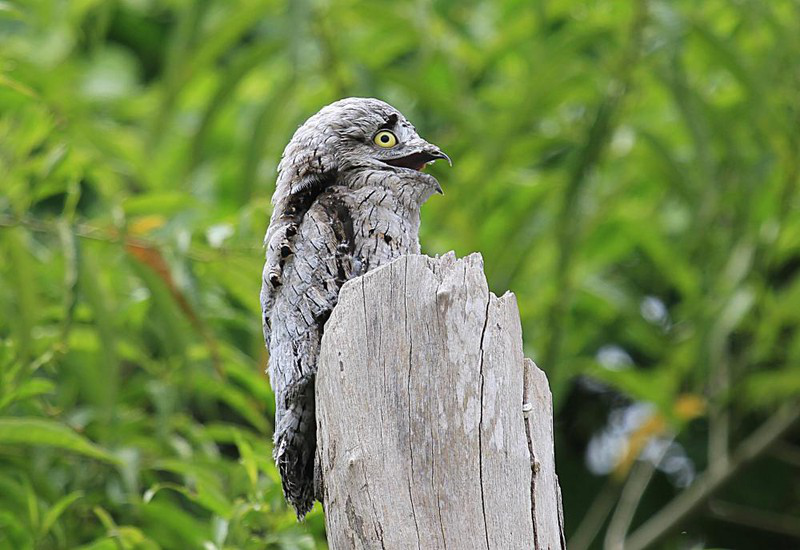
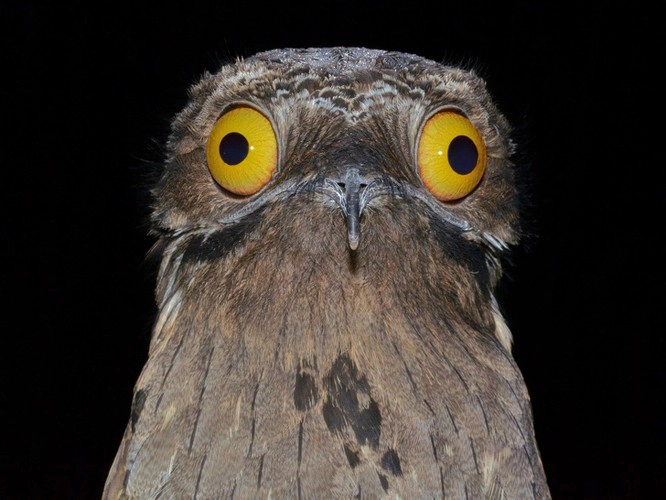
However, the most notable aspect of the Potoo bird is its peculiar ugliness. It possesses sparse plumage, often in dark brown or grayish tones, allowing it to blend seamlessly into its surroundings. The bird’s physical shape itself often resembles a broken or dead tree branch, aiding in camouflage and preventing it from being easily spotted by predators or potential prey.
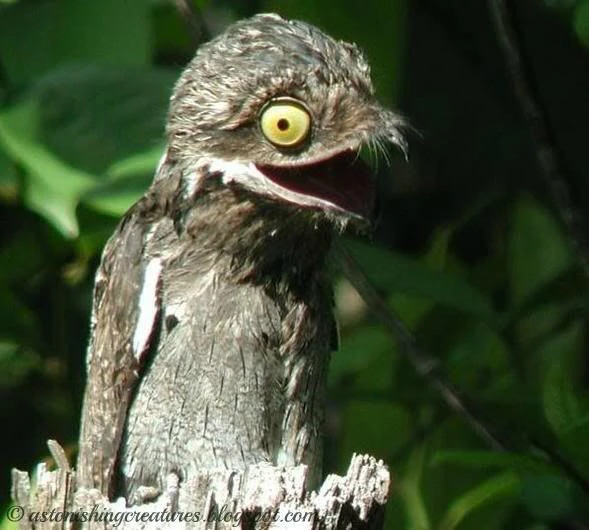 The Potoo bird is primarily a nocturnal species, active mainly during the night. During the daytime, it seeks shelter in the inner branches of trees or employs a still, upright posture as a means of concealment. Its remarkable camouflage skills help the Potoo bird evade detection by adversaries or potential prey.
The Potoo bird is primarily a nocturnal species, active mainly during the night. During the daytime, it seeks shelter in the inner branches of trees or employs a still, upright posture as a means of concealment. Its remarkable camouflage skills help the Potoo bird evade detection by adversaries or potential prey.Feeding on insects, particularly nocturnal flying insects like moths and dragonflies, the Potoo bird utilizes its large beak and eyes to execute excellent strike tactics. By remaining motionless on tree branches, it can surprise and accurately attack its prey from above.
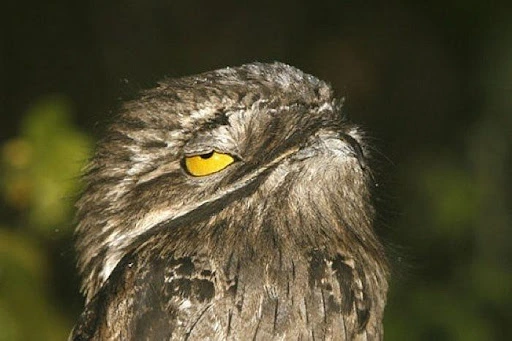 Despite appearing ugly and fearsome to many, the Black Potoo bird should not be judged solely based on its external appearance. Its ugliness is a result of evolution, aiding its survival and making it an integral part of the tropical forest ecosystem. The Potoo bird carries a distinct, unique, and surprisingly mesmerizing beauty, encapsulating the wonders of natural creativity.
Despite appearing ugly and fearsome to many, the Black Potoo bird should not be judged solely based on its external appearance. Its ugliness is a result of evolution, aiding its survival and making it an integral part of the tropical forest ecosystem. The Potoo bird carries a distinct, unique, and surprisingly mesmerizing beauty, encapsulating the wonders of natural creativity. 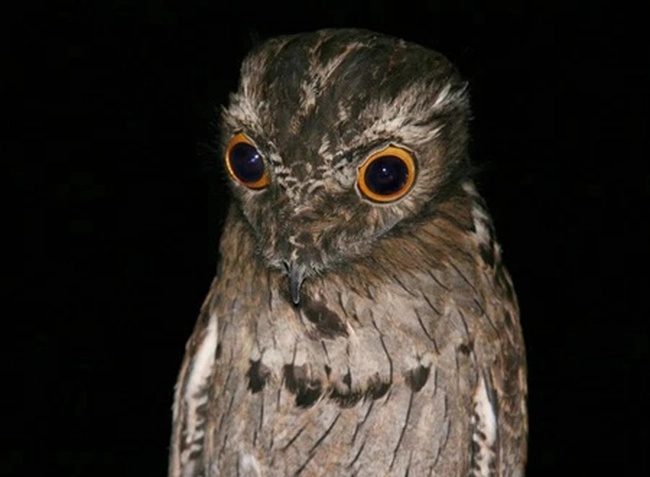 Although it may not attract attention like colorful and alluring bird species, the Potoo bird stands as a testament to the diverse magnificence of the natural world. Thus, let us appreciate and respect this ugliness, for it is an indispensable part of the overall beauty found in the animal kingdom.
Although it may not attract attention like colorful and alluring bird species, the Potoo bird stands as a testament to the diverse magnificence of the natural world. Thus, let us appreciate and respect this ugliness, for it is an indispensable part of the overall beauty found in the animal kingdom. 



